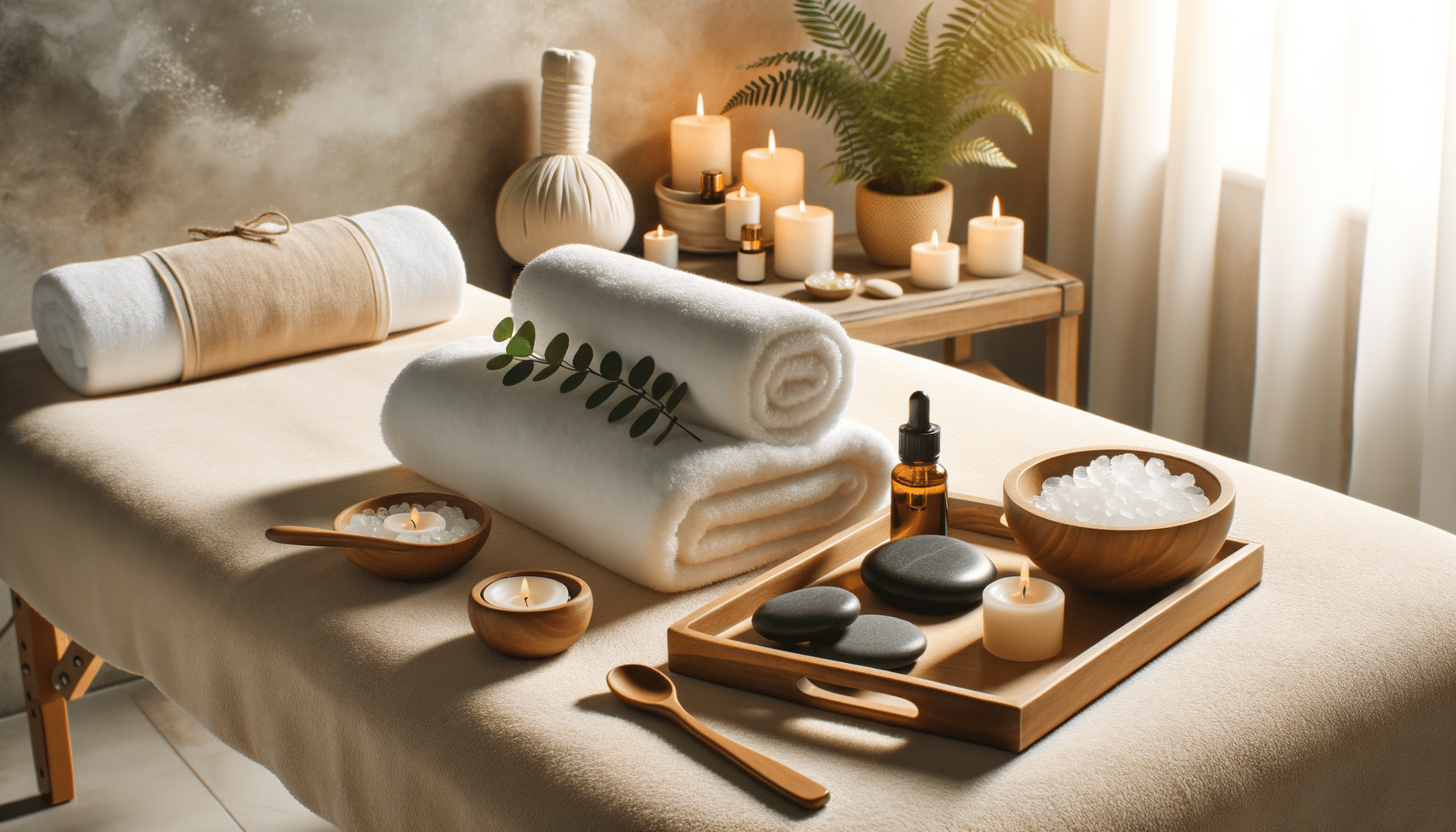How Affordable Massage Can Improve Your Health and Relax Your Mind
Massage therapy offers a multitude of health benefits, promoting both physical and mental well-being.

Understanding the Basics of Massage Therapy
Massage therapy, an ancient practice rooted in various cultures, involves the manipulation of muscles and soft tissues to enhance physical and mental well-being. This therapeutic technique has evolved over centuries, integrating diverse methods to address specific health concerns. The primary goal of massage is to relieve tension, improve circulation, and promote relaxation. By applying pressure to muscles and joints, massage therapists can alleviate pain, reduce stress, and enhance overall health.
Several types of massage techniques exist, each offering unique benefits. Some of the most popular include Swedish massage, deep tissue massage, and sports massage. Swedish massage, characterized by its gentle strokes and circular movements, is ideal for relaxation. Deep tissue massage, on the other hand, targets deeper layers of muscle tissue, making it effective for chronic pain relief. Sports massage is tailored for athletes, focusing on preventing injuries and improving performance.
Research supports the efficacy of massage therapy in various health aspects. Studies have shown that regular massage can lower cortisol levels, a stress hormone, while boosting serotonin and dopamine, which are neurotransmitters that contribute to feelings of well-being. Additionally, massage therapy has been linked to improved immune function, better sleep quality, and enhanced mood.
The Physical Health Benefits of Massage
Massage therapy is renowned for its physical health benefits, making it a valuable addition to any wellness routine. One of the most significant advantages is pain relief. Whether you’re dealing with chronic back pain, arthritis, or muscle soreness, massage can provide relief by relaxing muscles and improving circulation. This increased blood flow helps reduce inflammation and facilitates the delivery of oxygen and nutrients to muscle tissues.
Beyond pain relief, massage therapy can improve flexibility and range of motion. By working on the muscles, tendons, and ligaments, massage helps maintain joint flexibility, crucial for preventing injuries and maintaining mobility as we age. Athletes, in particular, benefit from improved flexibility, as it enhances performance and reduces the risk of strains and sprains.
Another notable benefit is the enhancement of the body’s lymphatic system. Massage stimulates lymph flow, which is vital for removing toxins and waste products from the body. This detoxification process supports the immune system, helping to ward off illnesses and maintain overall health.
The Mental Health Advantages of Regular Massage
In addition to physical benefits, massage therapy offers substantial mental health advantages. In today’s fast-paced world, stress and anxiety are common issues that many people face. Regular massage sessions can significantly reduce stress levels, promoting relaxation and mental clarity. The soothing touch of a massage therapist can trigger the release of endorphins, the body’s natural mood elevators, leading to a sense of calm and well-being.
Massage therapy is also effective in combating depression and anxiety. By reducing cortisol levels and increasing the production of serotonin and dopamine, massage can help alleviate symptoms of depression and anxiety. This makes it a valuable complementary therapy for those seeking non-pharmaceutical approaches to mental health management.
Furthermore, massage can improve sleep quality, which is crucial for mental health. Many individuals suffering from insomnia or sleep disturbances find relief through massage therapy, as it promotes relaxation and reduces stress, enabling more restful sleep.
Exploring Different Types of Massage Techniques
The world of massage therapy is diverse, with various techniques catering to different needs and preferences. Understanding these techniques can help individuals choose the most suitable type of massage for their specific health goals.
Swedish massage is the most common type, known for its gentle, flowing strokes. It is ideal for relaxation and stress reduction, making it a popular choice for first-time massage clients. Deep tissue massage, in contrast, involves more intense pressure and is beneficial for those dealing with chronic pain or muscle tension.
Sports massage is tailored for athletes and active individuals. It focuses on preventing injuries, enhancing performance, and speeding up recovery after strenuous activities. This type of massage often involves stretching and deep tissue techniques to target specific muscle groups.
Other popular techniques include hot stone massage, which uses heated stones to relax muscles, and aromatherapy massage, which incorporates essential oils to enhance the massage experience. Each technique offers unique benefits, allowing individuals to customize their massage therapy according to their needs.
How to Incorporate Massage into Your Wellness Routine
Incorporating massage therapy into your wellness routine can significantly enhance your overall health and well-being. To maximize the benefits, it’s essential to choose a massage schedule that fits your lifestyle. For those dealing with chronic pain or stress, weekly sessions may be beneficial. Others may find that bi-weekly or monthly massages suffice for maintaining general health.
When selecting a massage therapist, consider their qualifications and experience. A skilled therapist will tailor their techniques to your specific needs, ensuring a safe and effective massage experience. Don’t hesitate to communicate your preferences and any health concerns with your therapist to optimize the session’s outcomes.
Additionally, support your massage therapy with healthy lifestyle habits. Regular exercise, a balanced diet, and adequate hydration complement the benefits of massage, promoting overall wellness. By integrating massage therapy into a holistic approach to health, you can enjoy a more balanced and fulfilling life.